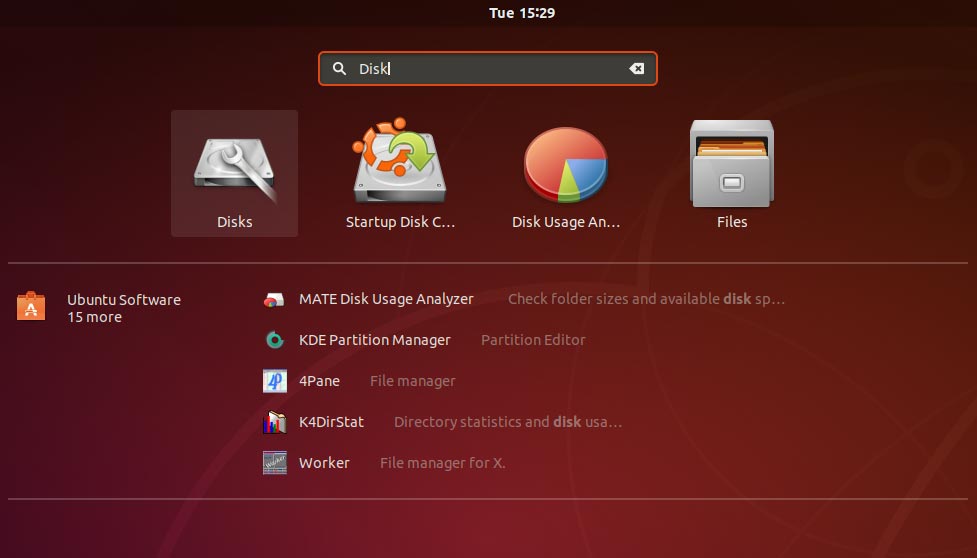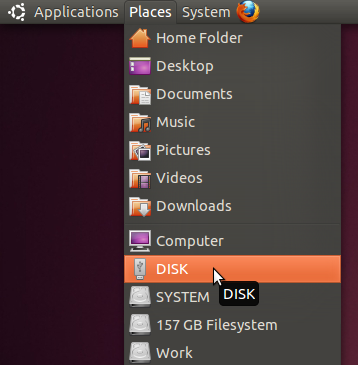


Linux (loop)/casper/vmlinuz boot=casper locale=fr_FR bootkbd=fr console-setup/layoutcode=fr iso-scan/filename=/ubuntu64-11.10. Linux (loop)/isolinux/rescuecd isoloop=/systemRescueCD.iso setkmap=fr docache

the 4th line in this example is the first comment line, which is. Now select the correct hard drive from Device for boot loader installation section. A Swapfile is a large file which works just like a Swap partition. note: the tail -n +4 means simply 'which line grub starts to read the configuration from as is'. Ubuntu 18.04 LTS don’t need an additional Swap partition.Because it uses a Swapfile instead. (hd0,8) The partition which contains the ISO image. boot/iso/kubuntu-12.04.iso The location and name of your ISO image. The basic syntax of dd command is: dd if source of target.iso If Tells command from where to input the source data. We can also make use of dd command to create ISO files. Basically using dd command, we can create copies of data whether they are file or folders, partitions, or CD/DVDs. Linux (loop)/isolinux/rescue64 isoloop=/systemRescueCD.iso setkmap=fr docache Kubuntu ISO The name you want to display in the Grub menu. Using dd command in Terminal to build an ISO file. Go to /media/drive/boot/grub and put there a grub.cfg file, containing something like (please adapt paths and ISO names to your needs - in the example below, ISOs are juste put at the root of the partition) : set timeout=10 You'll obtain a boot folder at the root of your external drive. Let's assume your drive is /dev/sdb mounted under /media/Drive, then in a root terminal (use sudo -i to become root), type in : grub-install -no-floppy -root-directory=/media/Drive /dev/sdb You just need to put your ISO on your external drive, then install Grub2 and configure it properly.


 0 kommentar(er)
0 kommentar(er)
